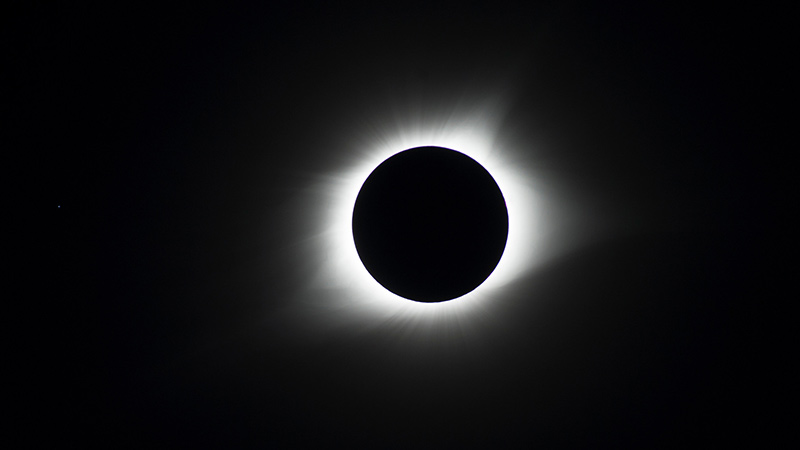Stay Up to Date
Submit your email address to receive the latest industry and Aerospace America news.
The Society and Aerospace Technology Integration and Outreach Committee promotes the transfer and use of aerospace technology for the benefit of society.
Many notable aerospace events excited the public in 2017. From unmanned aircraft systems to new capabilities in aviation and space sectors, it was an exhilarating year for technical innovation and records but some milestones stood out.
In March, FAA Administrator Michael Huerta said more than 770,000 drones had been registered in the U.S., with an increase of 100,000 registrations alone since the beginning of the year. However, in May, a federal court ruled Americans no longer had to register certain hobbyist drones. To address the safety issues of so many UAS in the skies, the FAA aims to expand drone operations, Huerta said, “so they can safely operate over people and beyond a pilot’s visual line of sight.” Huerta further suggested this could be accomplished if authorities are allowed to “remotely identify and track unmanned aircraft during operations.”
Perhaps one of the rarest — and most communal — events of 2017 was the total solar eclipse that crossed the United States. On Aug. 21, the eclipse dominated the nation’s attention as the 70-mile wide path of totality traversed about 3,000 miles from Oregon, where the eclipse began at 9 a.m. PDT, to South Carolina, which reached totality at 2:49 p.m. EDT. As more than 300 million people in the United States could see the eclipse (at least partially), NASA issued safety tips and recommendations for viewing. NASA’s Goddard Space Flight Center scientist Shawn Domagal-Goldman told cable network CNBC that even people at NASA were concerned about the prospect of the event’s radiation causing “damage to our detectors” and were sure to wear proper eyewear. He said NASA launched “almost 100 high-altitude balloons with camera and sensor packages to study the sun during the eclipse,” ensuring they did not enter high-altitude airline flight paths.
The next full coast-to-coast total solar eclipse will be in 2045. But NASA says the next total solar eclipse visible from the U.S. will take place in seven years, on April 8, 2024. During that eclipse, the moon’s shadow will cross the U.S. border in southern Texas and move up into the eastern half of the country, passing over Dallas-Fort Worth, Cleveland, Buffalo and New York and on to Montreal.
On Sept. 15, the NASA Cassini spacecraft completed its 20-year mission. Cassini launched from Cape Canaveral, Florida, on Oct. 15, 1997, on a mission to orbit Saturn — the only spacecraft ever to do so. NASA project scientist Linda Spilker told The Associated Press that Cassini beamed back information throughout its mission “like a giant firehose, just flooding us with data.” Cassini took more than 450,000 images and sent back more than 635 gigabytes of scientific data during its 294 trips around Saturn.
Related Posts
Stay Up to Date
Submit your email address to receive the latest industry and Aerospace America news.




